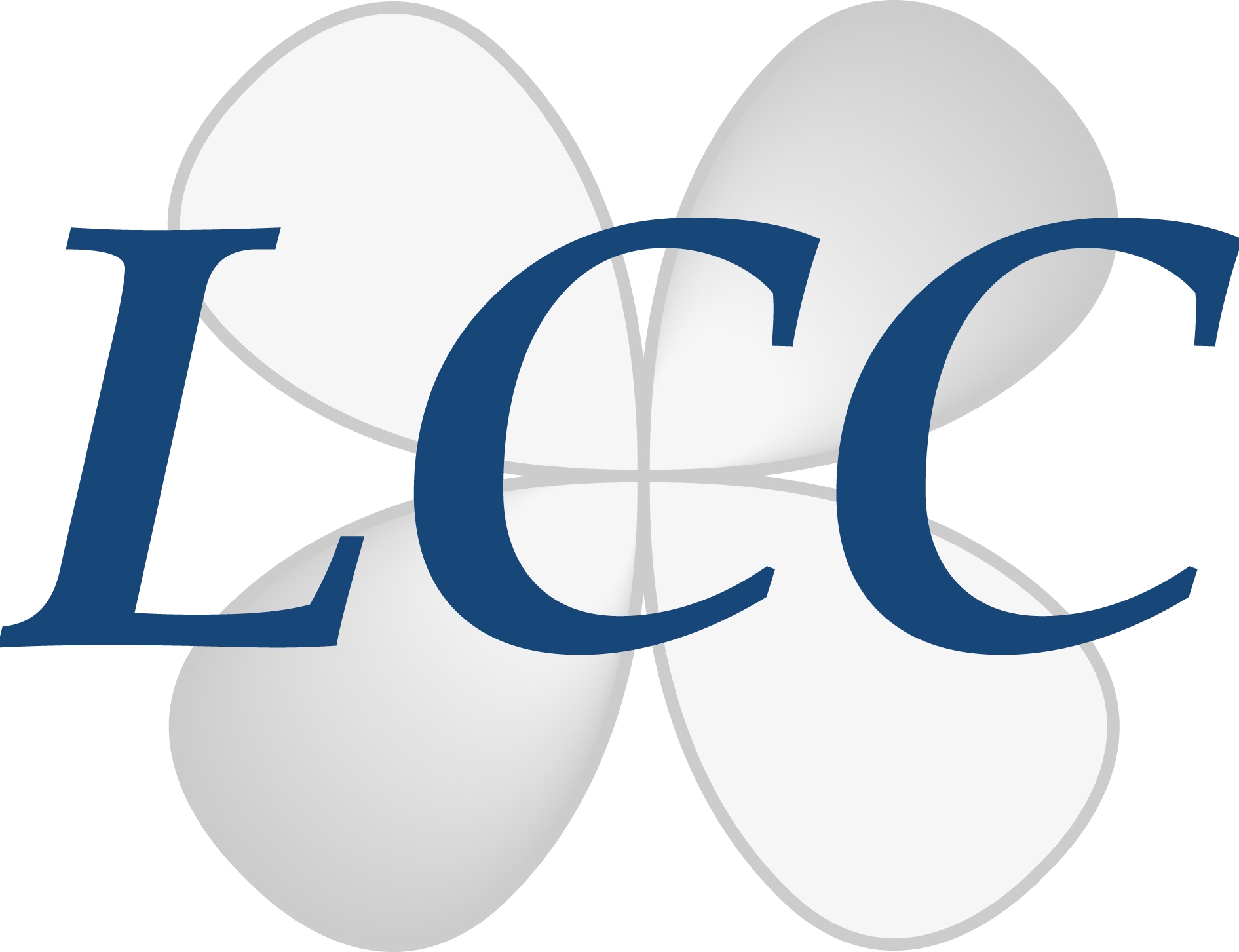PLATINUM NANOPARTICLES FUNCTIONALIZED BY RUTHENIUM NITROSYL COMPLEXES FOR APPLICATIONS IN PHOTOTHERAPY
CHEMISTRY & GREEN CHEMISTRY

Lab: LCC
Duration: NanoX master Internship (8 months part-time in-lab immersion)
Latest starting date: 02/01/2025
Localisation: Molecules and Composites for Optics (LCC) - Nanostructures and Organometallic Chemistry (LPCNO)
Laboratoire de Chimie de Coordination du CNRS (LCC-CNRS)
205, route de Narbonne
31400 TOULOUSE - FRANCE
Supervisors:
Dominique de Caro dominique.decaro@lcc-toulouse.fr
Simon Tricard tricard@insa-toulouse.fr
This research master's degree project could be followed by a PhD
Work package:
Nitric oxide (NO) is a free radical which plays a crucial role in several physiological and pathological processes. It has attracted broad interest in scientific communities due to its involvement in controlling numerous biological processes, such as vasodilatation, neurotransmission, wound healing, bone metabolism… Because of its very short lifetime, NO must be released to its therapeutic target with a high degree of spatial precision. To improve cell penetration and precise spatial releasing of nitric oxide to the biological target, combining NO-donor molecules and biological nanovectors (vesicles, liposomes, biopolymers, and micelles) is a widely utilized strategy [1, 2]. The LCC group concentrates a large part of its activity in the synthesis and physicochemical properties of ruthenium nitrosyl complexes (Ru-NO), their nanostructuration [3] and their integration in hydrogel matrices [4]. Ru-NO complexes studied in the LCC group can release NO under light irradiation in the 300-800 nm range. On the other hand, the LPCNO group has an expertise in the field of metal nanoparticles (well-dispersed in organic solution or organized in auto-assemblies) stabilized by neutral ligands, including many thiol derivatives [5, 6]. To our knowledge, the association of a Ru-NO complex and metal nanoparticles has never been described. For this master’s project, we propose to combine a carefully chosen Ru-NO complex and Ptx(CO)y(THF)z nanoparticles. In this context, the LCC group has recently prepared a Ru-NO complex bearing a terpyridine-thiophene (TT) ligand (figure 1). The detailed study of NO release in various organic solvents and under several irradiation wavelengths will be carried out in this work, using UV-vis. spectroscopy, electron paramagnetic resonance and nitric oxide electrochemical sensors. Furthermore, the presence of a sulfur atom in the TT ligand can allow the coordination of the nitrosyl complex to Pt surface atoms of platinum nanoparticles. Thus, the potential coordination of the (TT)Ru-NO complex onto platinum surface atoms of Ptx(CO)y(THF)z nanoparticles will be evaluated in this work. The resulting Ptx(CO)y(THF)z@(TT)Ru-NO nanoparticles will be characterized by both molecular spectroscopic techniques (IR, UV-vis.) and microscopy techniques (conductive AFM, TEM). Finally, the LCC group has also described the preparation of the homoleptic [Ru(TT)2]Cl2 complex. Its capability to organize Pt nanoparticles via the two sulfur atoms of two independent TT ligands will also be evaluated in this master’s work.
References:
[1] P. C. Ford, Coord. Chem. Rev., 2018, 376, 548.
[2] G. R. Navale et al., Coord. Chem. Rev., 2023, 481, 215052.
[3] A. Farhat et al., Chem. Phys. Lett., 2023, 818, 140434.
[4] H. Gzam et al., New J. Chem., 2024, 48, 8343.
[5] F. Dassenoy et al., New J. Chem., 1998, 22, 703.
[6] S. Tricard et al., Mater. Horiz., 2017, 4, 487.
Areas of expertise:
Coordination chemistry - Molecular spectroscopy (NMR, IR, UV-vis. absorption, mass) - Metal nanoparticles - Microscopy techniques (electron microscopy, atomic force microscopy) - Photokinetic studies
Required skills for the internship:
Coordination chemistry and organometallic syntheses - Characterization techniques in molecular chemistry and in nanoscience - Basic optical and electronic properties of molecules and nanomaterials
